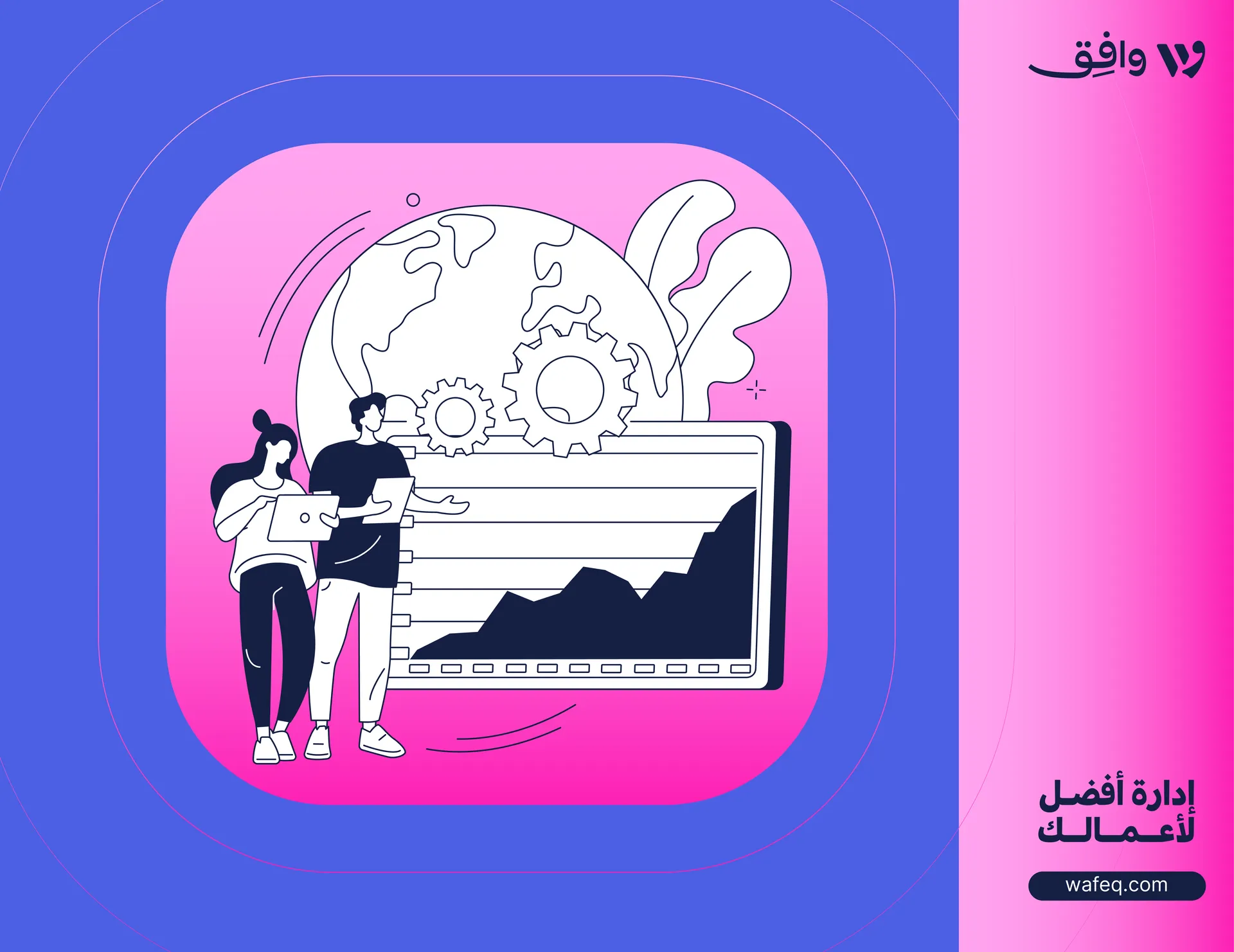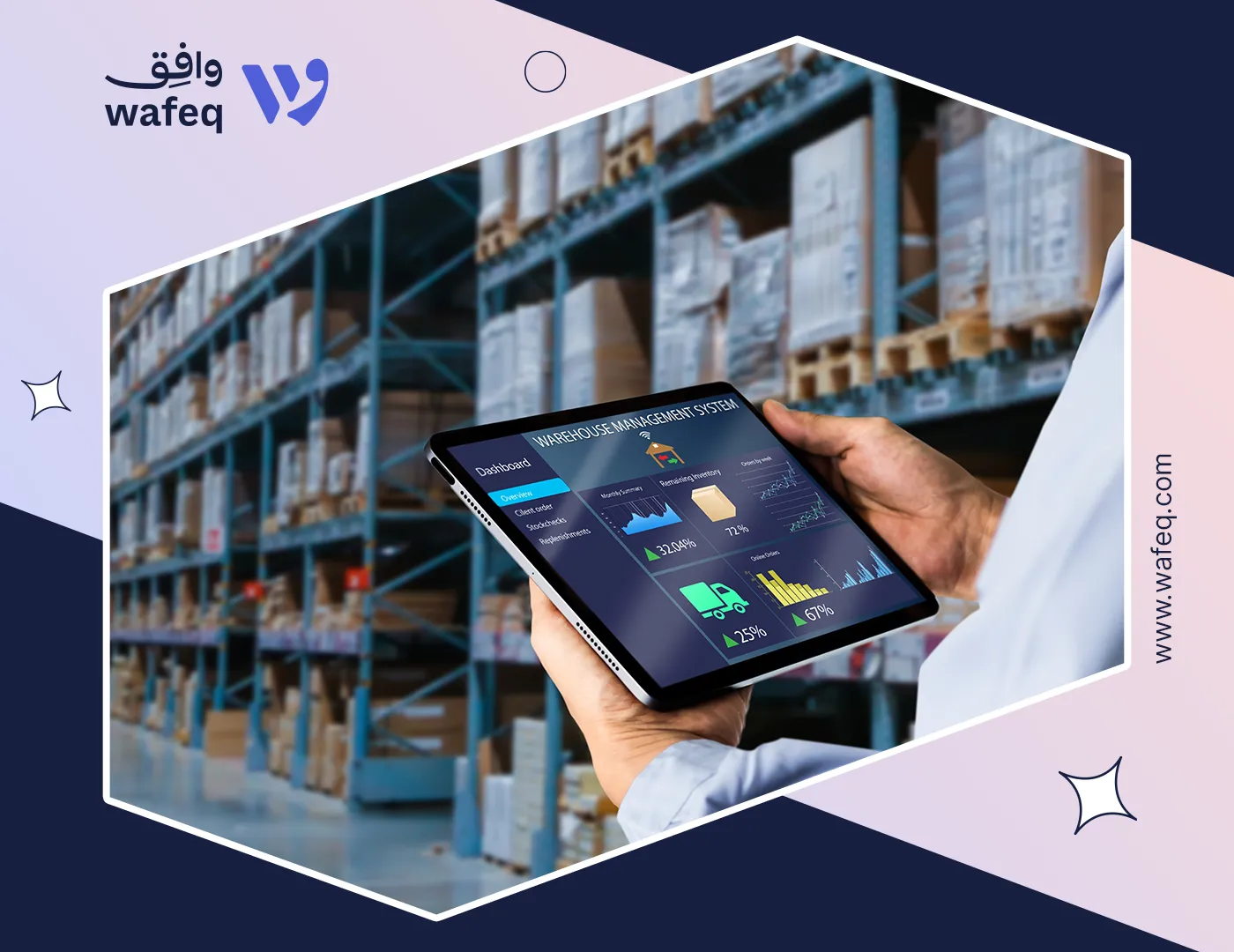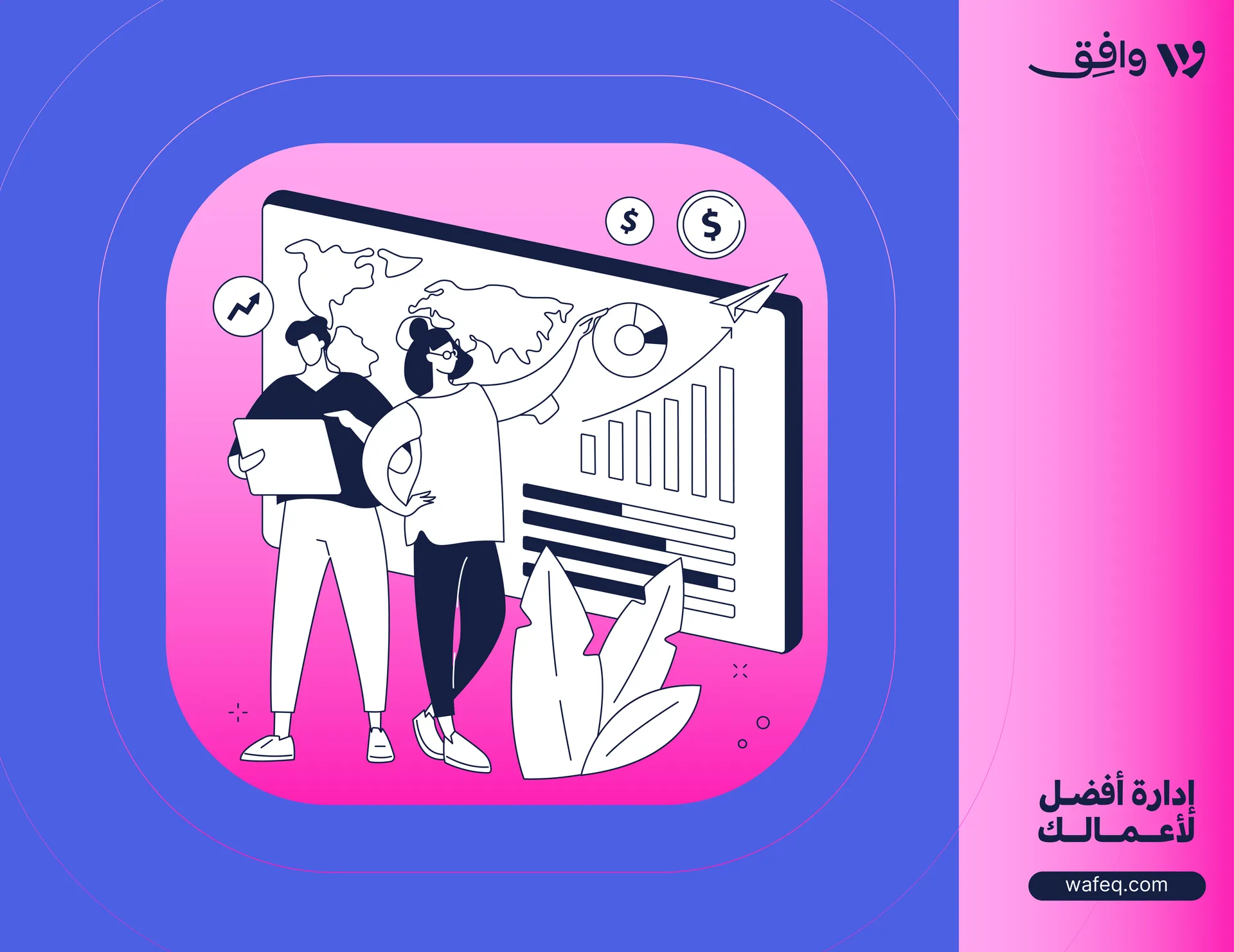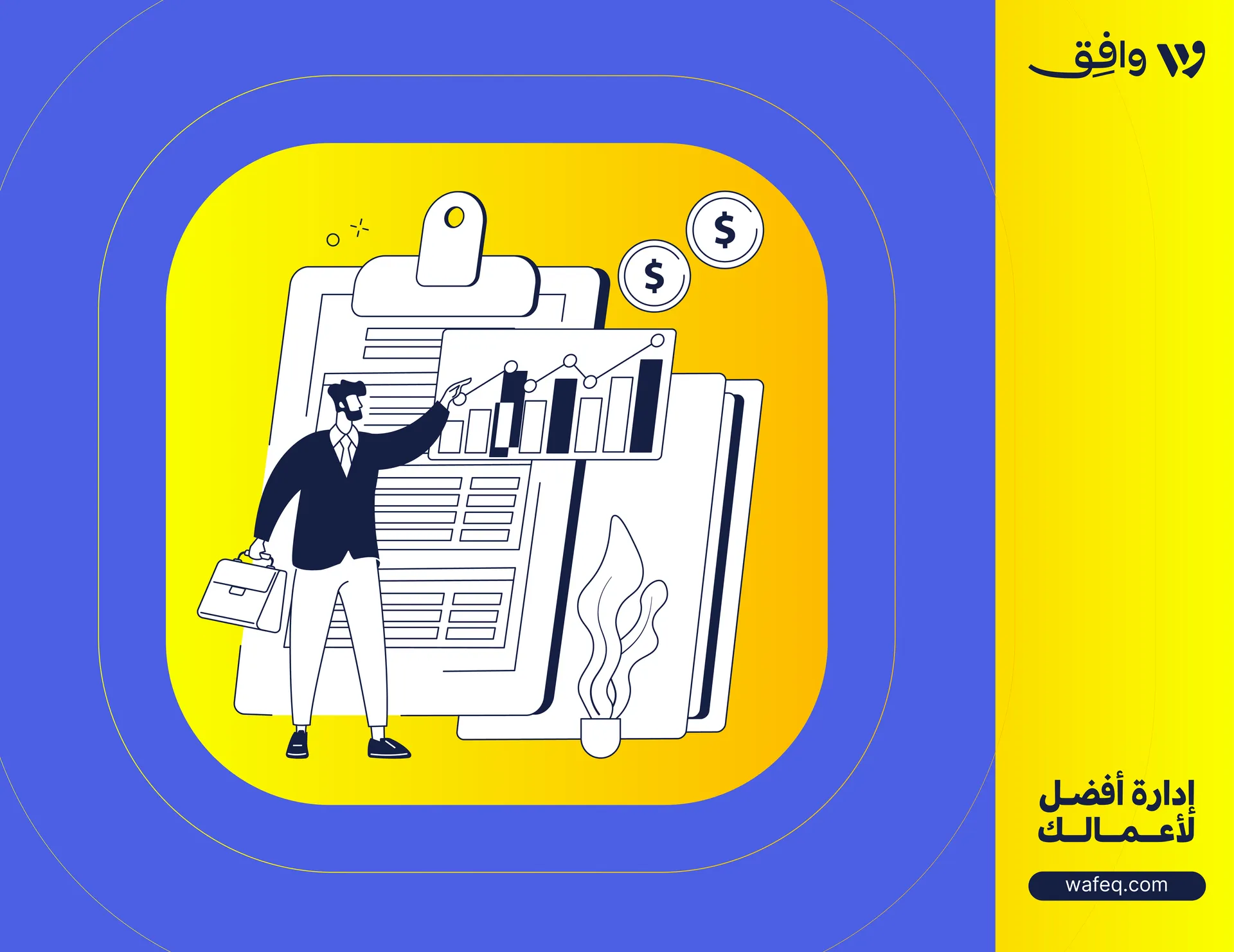Integrating Payroll, HR, and Accounting in One Platform: How Wafeq Simplifies Business Operations

What if managing payroll, HR, and accounting could be done in one place instead of juggling multiple systems? When these core functions operate separately, businesses face duplicate data entry, a higher risk of errors, and wasted hours on manual reconciliation. Integrated solutions eliminate these inefficiencies, giving companies real-time accuracy and a clearer financial picture.
This article explores how combining payroll, HR, and accounting into a single platform transforms business operations, and how Wafeq makes this integration simple and effective.
The Challenge of Managing Payroll, HR, and Accounting Separately
Running payroll, HR, and accounting on separate systems may seem manageable initially, but over time, it creates inefficiencies that directly impact business performance. Each department often maintains its own data, which leads to duplication, inconsistencies, and costly errors. For example, when HR updates an employee’s salary, the accounting team must manually record the change to ensure payroll and financial reports remain accurate. This manual transfer of data consumes time and increases the likelihood of mistakes.
Another challenge is the lack of visibility across functions. Finance teams may not have immediate access to updated headcount costs, while HR may not see the full financial impact of benefits and allowances. This disconnect slows decision-making and can even lead to compliance issues if payroll taxes or employee entitlements are miscalculated.
For small and medium-sized enterprises (SMEs), these inefficiencies often translate into lost hours that could be spent on growth activities. For larger organizations, the risks become even higher—data errors can affect hundreds of employees, regulatory fines can be significant, and strategic insights become harder to obtain when data is scattered across multiple systems.
Why Integration Matters for Modern Businesses
Efficiency and accuracy are not optional—they are essential. Integrating payroll, HR, and accounting systems allows companies to operate with greater speed, reliability, and control. Instead of working in silos, departments can collaborate seamlessly using the same data, updated in real time.
- One of the most important benefits of integration is improved accuracy. Payroll errors, for example, are more than only costly to fix, but they also damage employee trust. When HR updates flow directly into the accounting system, mistakes are minimized, and compliance with tax and labor regulations becomes much easier.
- Integration also drives efficiency by eliminating repetitive tasks. Manual data entry, reconciliations, and cross-checks can be replaced by automated workflows, freeing teams to focus on higher-value work such as financial planning, talent development, and strategic decision-making.
- Finally, integration enhances visibility. Managers and executives gain access to a single source of truth for both employee and financial data. This unified view enables better forecasting, faster reporting, and smarter decisions that support business growth directly.
Key Benefits of an Integrated Payroll, HR, and Accounting System
An integrated platform that combines payroll, HR, and accounting brings tangible advantages that directly impact day-to-day operations and long-term growth. The main benefits include:
- Single Source of Truth All employee and financial data is stored in one system. This reduces duplication, ensures consistency, and makes information easy to access when needed.
- Faster Payroll Processing Salary calculations, deductions, and allowances are automatically synchronized with accounting records, significantly reducing processing time and eliminating repetitive work.
- Automated Compliance Tax and labor regulations can be complex, especially in regions like the GCC. An integrated system applies rules consistently, helping businesses avoid penalties and maintain accurate records.
- Stronger Collaboration HR and finance teams can work together more effectively when they rely on shared, up-to-date data. This alignment improves decision-making and streamlines workflows.
- Improved Employee Experience With self-service portals, employees can access their payslips, leave balances, and benefits information directly, without waiting for HR or finance. This enhances transparency and builds trust.
- Real-Time Reporting and Insights Integration provides managers and executives with accurate, real-time reports that combine financial and HR data. This unified view supports better forecasting, budgeting, and strategic planning.
Features to Look for in an Integrated Platform
Not all platforms offer the same level of integration, so it is essential to know which features truly make a difference. When evaluating a payroll, HR, and accounting solution, businesses should look for the following:
- Cloud-Based Access A modern solution should be accessible from anywhere, allowing teams to work remotely and securely without being tied to a physical office.
- Automated Payroll Tax Calculations The system should automatically apply payroll rules, deductions, and tax calculations, ensuring compliance and reducing manual intervention.
- Employee Self-Service Portals Empowering employees to view payslips, submit leave requests, and update personal information reduces administrative workload on HR teams.
- Real-Time Reporting and Analytics Dashboards and customizable reports provide actionable insights that combine financial and HR data in real time, supporting smarter business decisions.
- Multi-Currency and Multi-Language Support They are important in the GCC practically, where businesses employ international staff and operate in multiple markets. This ensures accurate payroll processing and user-friendly access for diverse teams.
- Scalability and Flexibility The platform should adapt as the company grows, supporting more employees, new compliance requirements, and expanding operations.
How Wafeq Simplifies Business Operations with Integration
Wafeq is designed to remove barriers businesses face when managing payroll, HR, and accounting on different systems. By bringing these core functions together into one platform, Wafeq enables companies to operate efficiently, accurately, and confidently.
- Unified Payroll and Accounting Payroll data flows automatically into the accounting system. Salaries, deductions, and benefits are recorded instantly, eliminating manual journal entries and reducing the risk of errors.
- HR and Payroll Synchronization When HR updates an employee’s details—such as promotions, allowances, or leave balances—these changes are immediately reflected in payroll and accounting, which ensures consistency across departments.
- Regulatory Compliance Made Simple Wafeq is built with regional compliance in mind, including Saudi and UAE labor and tax requirements. Automated rules help businesses stay compliant without requiring them to constantly track regulation updates.
- Automated Workflows Processes like onboarding, payroll approval, and month-end closing become faster and more accurate with automation. This reduces the time spent on repetitive tasks and gives teams more space to focus on strategic priorities.
- Clear Financial Insights Managers gain access to real-time reports that combine HR and financial data, giving a complete view of workforce costs, profitability, and overall financial health.
- Free Data Migration Services Switching systems doesn’t have to be stressful. Wafeq provides free migration services from your old accounting software. Our team handles the entire migration process, ensuring data is transferred securely and accurately, so you can focus on your clients and your business — not the switch.
Practical Use Cases: Integration in Action
The value of integration becomes most clear when looking at practical scenarios. By connecting payroll, HR, and accounting in one system, businesses eliminate inefficiencies and gain better control over daily operations. Here are some examples:
- Payroll Data Posted Automatically into Accounting Once payroll is processed, salaries, deductions, and employer contributions are automatically recorded as journal entries in the accounting system. This saves hours of manual work each month and ensures financial statements always reflect the true payroll expense.
- HR Onboarding Linked with Payroll and Finance When a new employee is hired, HR enters their details once into the system. These details immediately sync with payroll for salary processing and with accounting for cost allocation, removing the need for duplicate data entry.
- Leave and Benefits Impact on Financials If an employee takes unpaid leave or receives a new allowance, the HR update automatically adjusts payroll and reflects it in financial reports. This provides real-time accuracy and avoids end-of-month surprises.
- Faster Month-End Closing By integrating payroll and HR costs automatically into accounting, finance teams can close the books faster. Instead of chasing data from multiple departments, they have accurate, consolidated figures ready for reporting.
Steps to Successfully Implement an Integrated System
Moving from separate payroll, HR, and accounting systems to a fully integrated solution requires careful planning. The transition becomes smoother when businesses follow a structured approach:
- Assess Current Processes Start by reviewing how payroll, HR, and accounting are currently managed. Identify pain points such as duplicate entries, delays, or compliance risks.
- Define Business Needs Different companies have different priorities. Some may need advanced payroll compliance features, while others focus on multi-currency support or employee self-service portals. Clarify your requirements before selecting a system. Read Also: Wafeq's Advanced Multi-currency Support for Seamless Cross-Border Transactions
- Choose the Right Platform Select a solution that offers strong integration, compliance with local regulations, and scalability as your business grows. Consider user-friendliness as well, since adoption depends on how easily teams can use the system.
- Plan Data Migration Migrating employee records, payroll history, and accounting balances should be done carefully. Clean and validate data before importing it into the new platform to avoid errors later.
- Train Staff Successful implementation depends on user adoption. Provide training sessions for HR, finance, and managers so they understand how to use the integrated system effectively.
- Monitor and Optimize After going live, track how the system performs. Monitor reporting accuracy, payroll efficiency, and compliance. Adjust workflows where needed to maximize the value of integration.
Read Also: The Top Accounting Software for Small and Medium-Sized Businesses.
Managing payroll, HR, and accounting in isolation creates unnecessary complexity, wasted time, and higher risks for companies. Integration solves these challenges by unifying operations, ensuring compliance, and delivering real-time insights that help leaders make better decisions. Wafeq makes this integration seamless. By combining payroll, HR, and accounting in one platform, Wafeq empowers businesses in Saudi Arabia, the UAE, and beyond to simplify processes, stay compliant, and focus on growth.
FAQs about Integrating Payroll, HR, and Accounting in One Platform:
What is the main benefit of integrating payroll, HR, and accounting into one platform?
The primary benefit is efficiency. Integration removes duplicate data entry, reduces errors, ensures compliance, and provides real-time visibility for financial and HR data.
How does integration help with compliance in Saudi Arabia and the UAE?
An integrated system like Wafeq automatically applies local payroll rules, social insurance requirements, and tax regulations. This reduces the risk of penalties and ensures businesses comply with evolving laws.
Is an integrated platform suitable for small and medium-sized businesses (SMBs)?
Yes. SMBs often face resource limitations. Using one platform reduces administrative overhead, saves costs, and gives business owners more control over finances and employee management.
What challenges should companies expect when implementing such a system?
The most common challenges are data migration and user adoption. These can be managed through careful planning, proper training, and phased implementation.
How does Wafeq support multi-language and multi-currency needs?
Wafeq is built for businesses in the GCC. It supports Arabic and English interfaces and allows payroll and accounting in multiple currencies, making it suitable for diverse teams and cross-border operations.
Discover how Wafeq can streamline your payroll, HR, and accounting — all in one platform.
Discover how Wafeq can streamline your payroll, HR, and accounting — all in one platform.



.png?alt=media)









